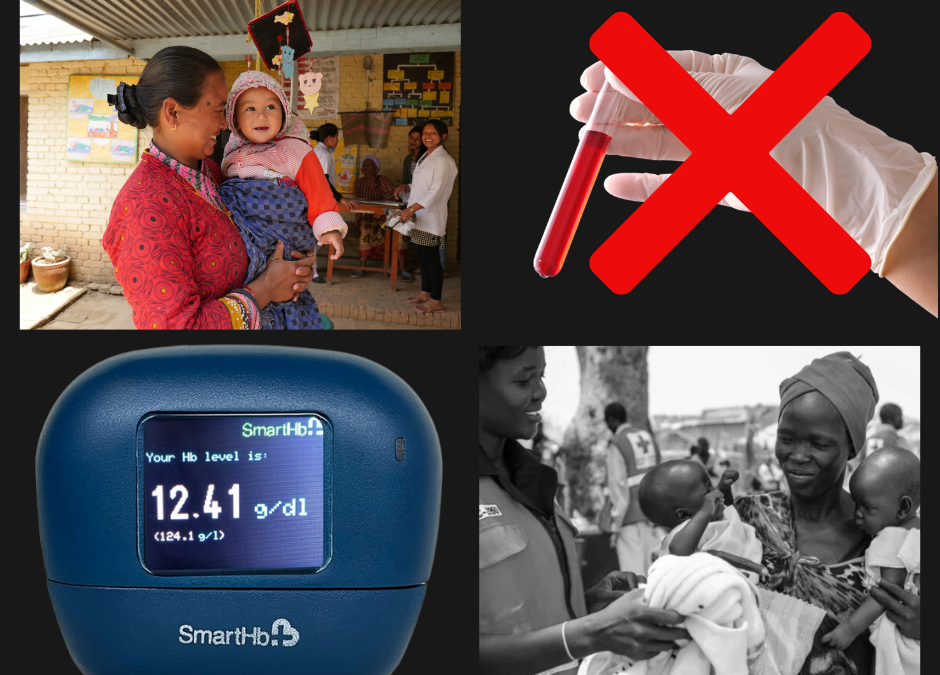Dr. Shariq Khoja
Anemia is one of the most common health problems globally with high prevalence in women and children all over the world. WHO estimates that 40% of children 6–59 months of age, 37% of pregnant women, and 30% of women 15–49 years of age worldwide are anemic. Statistics show that every second pregnant woman dies because of anemia related causes in developing countries, and it is in those same developing areas that 40% of preschool children are anemic. An extensive body of evidence indicts even mild or moderate anemia as a significant contributor to worse outcomes across various populations. Studies have shown that anemia is independently associated with increased risk of maternal deaths, cognitive and motor deficiencies in children, short and long-term mortality and morbidity, including renal and cardiovascular events, poor functional outcomes and increased risk of hospitalization and readmission among many other unfavorable outcomes.
Iron deficiency can result from inadequate intake or absorption of dietary iron, increased need during periods of growth, and blood loss from menstruation or variety of infections. Because women of reproductive age lose iron through menstruation and their diets are often lacking in available iron, they are particularly vulnerable to iron deficiency. Evidence has shown that daily iron supplementation is associated with reduced risk of anaemia and iron deficiency in menstruating women and adolescent girls, without any major side effects. Other common methods include fortification of rice and other food items. However, most of these people in high-risk groups are prescribed these treatments without any baseline measurement and regular monitoring. The main reason is non-availability of labs and lack of safe and reliable devices for monitoring hemoglobin in the community. Lack of regular monitoring leads to compliance issues and improvement in hemoglobin levels on individual and community levels.
Monitoring iron levels in the community and at homes has not flourished due to lack of safe and accurate methods. Several hemoglobin testing methods, such as pricking finger for few drops of capillary blood, have come to market as a substitute for testing venous blood in the laboratories. These prick methods claim different levels of accuracies, but the problems of pain and cost to the patient, risk of using and disposing sharp objects in the communities, managing regular supplies in the communities for regular monitoring and it’s cost, and dependence on the user’s training for accuracy of results, remain critical hurdles in the use of these devices. In contrast, non-invasive hemoglobin monitors offer several advantages to the patient, health providers and the health system. These include:
- Advantages to the individuals and communities: Non-invasive hemoglobin monitoring is a wonderful approach to reduce the pain of pricks for blood and thus encourages the people who are anemic and those at risk to regularly monitor their hemoglobin levels. Since there is no cost for each testing, people are also encouraged to use the device regularly and become more compliant with iron supplements used to prevent and treat anemia in the communities.
- Benefits to health providers: Frontline health providers and clinical health staff bear the burden of testing individuals at risk and the entire communities for screening of anemia. For this purpose, they need a simple and reliable device, which is less dependant on the supplies, time and skills of the providers. Non-invasive hemoglobin monitoring makes it extremely simple for health providers to conduct hemoglobin monitoring for individual patients and screening for large groups with high accuracy, low-cost, and less effort for the health providers.
- Advantages to Health Systems: Non-invasive hemoglobin monitoring ensures mass screening in the communities, along with regular testing of high-risk individuals to make the anemia control programs more efficient. It helps in proper distribution of resources and collection of valuable data to improve decision making for different levels of the population. Non-invasive testing reduces the burden of providing regular supplies to the communities, disposing off high-risk blood products, and bearing the cost of testing high-risk individuals. Thus, the non-invasive hemoglobin testing should benefit the health organizations and health systems to make a huge impact on the health of the population.
Tech4Life has designed a non-invasive hemoglobin monitor (Smart-Hb) to achieve greatest impact on women`s and children`s health by reducing morbidity and mortality due to anemia. It can be used for mass screening and regular monitoring of anemia in the general population. This non-invasive device uses spectrophotometry technique to detect hemoglobin in the capillary blood, using the index finger for the source and receiver placement to predict the hemoglobin value. Clinical trials conducted for this device show 92% accuracy (difference of less than 20%), with extremely high sensitivity and specificity. Tech4Life’s non-invasive hemoglobin monitor offers fast, non-invasive and accurate reading for people at home and health workers for regular testing of hemoglobin.
References:
https://www.who.int/tools/elena/interventions/daily-iron-women
https://www.healthline.com/nutrition/why-too-much-iron-is-harmful#TOC_TITLE_HDR_4
website: www.smart-hb.com

